World Continence Week is a health campaign run by the International Continence Society every year to raise awareness of incontinence related issues. For many older people continence issues will be familiar and often a source of anxiety and concern.
There are several types of urinary incontinence, including:
There are multiple causes of incontinence and while ageing may cause bladder muscles to weaken over time incontinence is not an inevitable part of growing old. It is common to think that incontinence is just something that has to be put up with and that nothing can be done about it. Many people are embarrassed to speak to their GP about it but often there are many things that can be done to help.
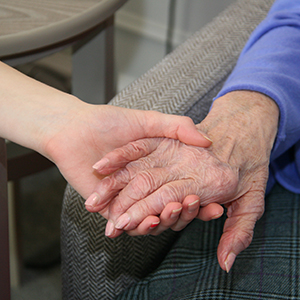
One of the major causes of urinary incontinence is obesity, this causes weaker pelvic muscles and pressure on the bladder from extra weight. In addition, Type II diabetes, a common result of obesity can cause nerve damage throughout the body, including nerves that control the bladder. Drinking habits can also be a factor so alcohol, and drinks containing caffeine such as coffee, tea and cola can cause the kidneys to produce more urine and irritate the bladder.
For women, hormonal changes post-menopause is one of the main factors for urinary urgency and incontinence. There are many treatments on offer for urinary incontinence from medical to non-medical, preventative to protective and invasive to non-invasive depending on lifestyle and severity.
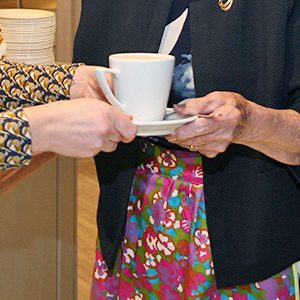
Many Country Court Care Homes have a Continence Champion, it is this person’s role to assess each resident’s continence needs and ensure that they have the right type of pad product to meet their individual requirements.
Helen Halabi is Deputy Manager and Continence Champion at Lakeview Lodge Care Home in Milton Keynes, she explains how each resident’s continence needs are individually assessed when they first arrive at the care home;
“When a new resident arrives at our home, we listen to them and their family about any continence issues they may be having and undertake a three-day assessment of their fluid intake and output. The care team monitor and record the effectiveness of the continence product to ensure effective continence management is supported discreetly with dignity for the person we support.”
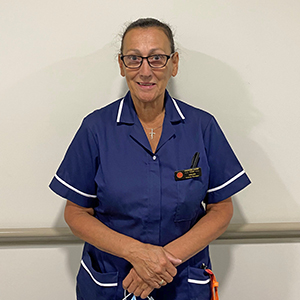
“We work alongside the Continence Assessor at the local hospital in Milton Keynes and once we have gathered the information we need we’ll have a meeting to work out a continence care plan and decide on the best type of pad for that individual. When residents arrive at our home, they’ll often bring their own pads with them but sometimes they could be using a different type that would suit their needs better.
“The most expensive pad is not always the best, but with so many different products available families are often unsure of what to buy. The Continence Assessor will recommend the right pad for each individual. So for residents who are living with dementia for example, we often recommended a pull-up option which is more like underwear and less distressing for people who become confused about using pad”
“I took on the role of Continence Champion because I felt I could make a difference to the dignity and comfort of our residents. I always tell people that the right pad is just as important as the right medication” explains Helen.
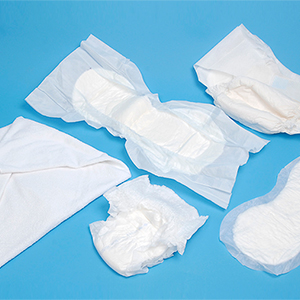
Staff at care homes will encourage residents to be as independent as possible and do as much as they can for themselves. They will take into account a wide range of factors when considering a person’s continence needs, ensuring that people have the right mobility aid for example, that can help them to use the toilet with as little help as possible. Care homes have call bells in toilets so help can be summoned if required, while raised seats on toilets and good lighting all help people to use facilities independently.
For residents living with dementia, staff are trained to look for behaviours that people may exhibit when they need to use the toilet, as not everyone will be able to ask for help. People may fidget or fiddle with clothing or underwear or call for help but not be able to explain why. Toilets are clearly marked in homes with pictures and signs on doors to help direct people who may be confused.
People often find continence issues difficult or embarrassing to talk about and will develop habits or strategies to hide their issues. Staff will speak discretely to residents about whether they deliberately sit near to the toilet, avoid social activities or stay in their room because they are worried about their continence. They will also ask whether people deliberately reduce their fluid intake or adapt food intake to try to manage bladder or bowel problems. Assessing people’s state of mind is just as important as their physical issues, with some people becoming anxious or upset whilst others will be keen to get the problem ‘sorted out’.
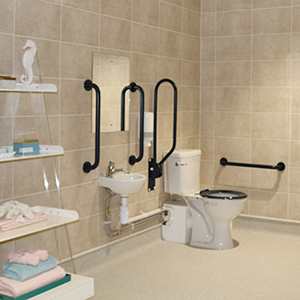
Lots of help and information is available for people with continence issues and families of care home residents should speak to the Home Manager or Senior Carer if they have any questions at all.
During World Continence Week the Urology Foundation highlights the impact of urinary incontinence can have on peoples’ lives and encourages those living with incontinence to seek help so they no longer have to suffer in silence.